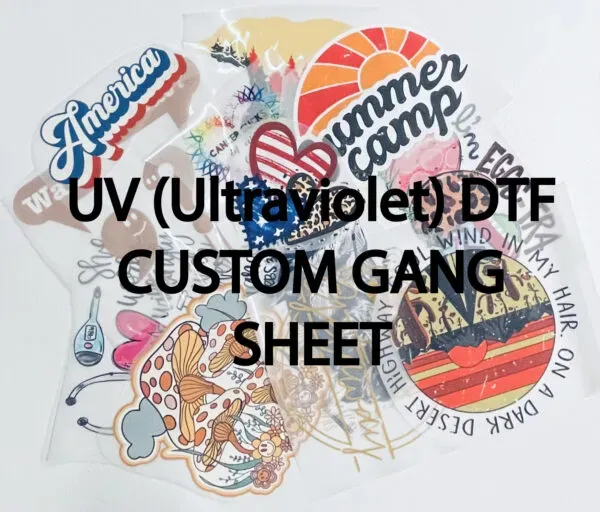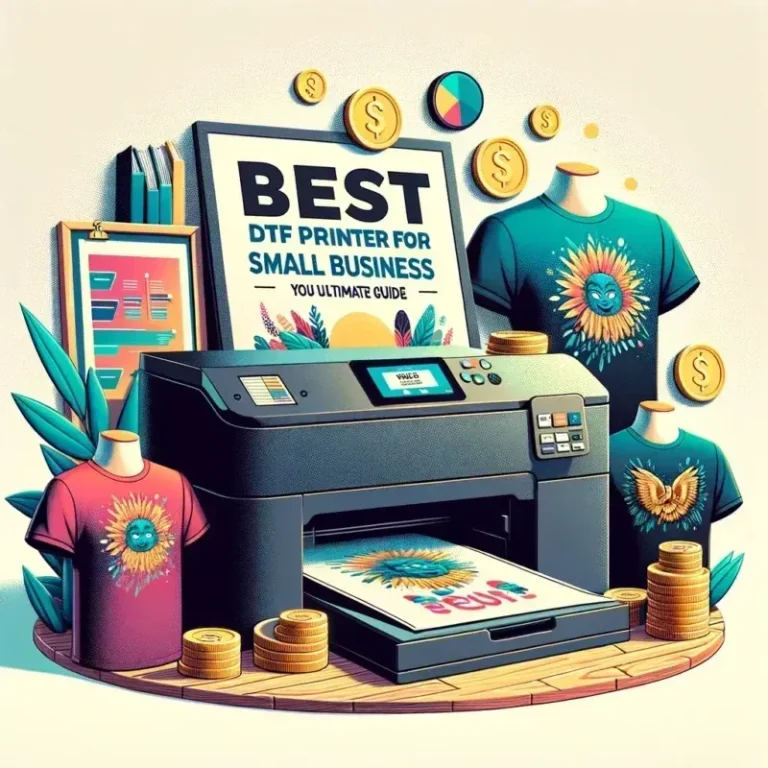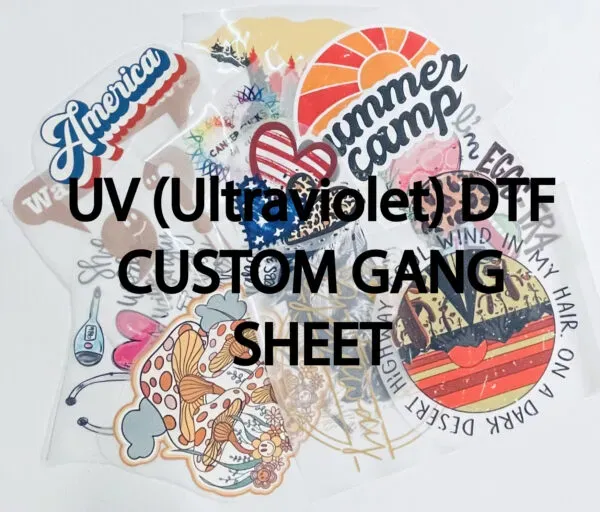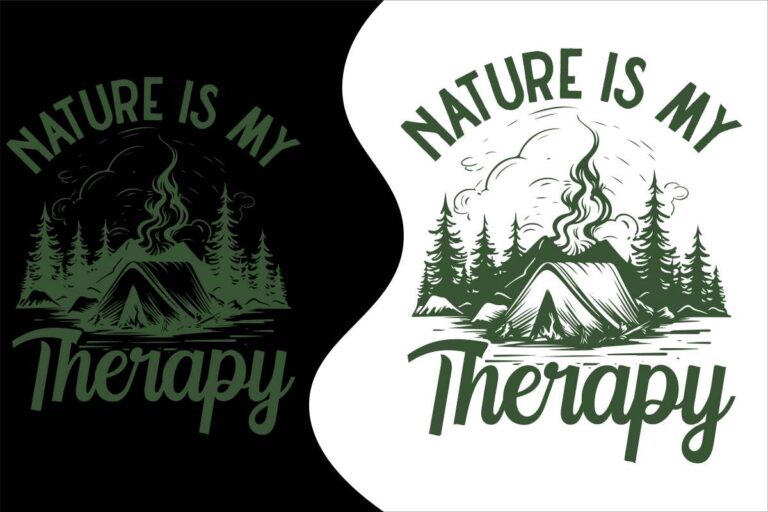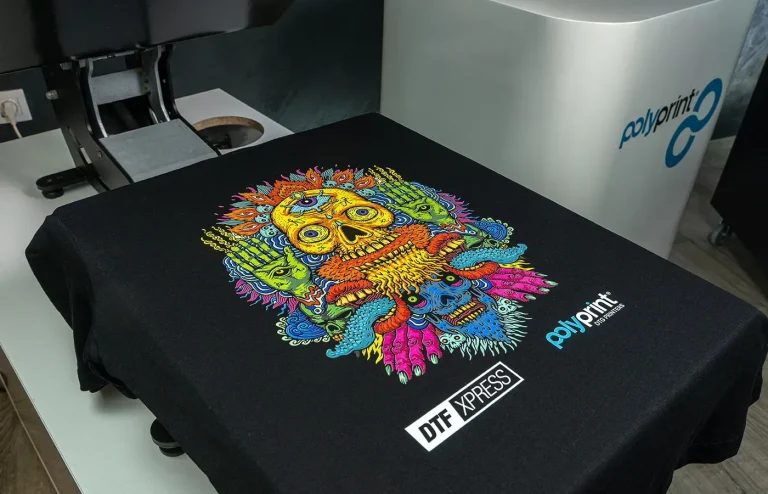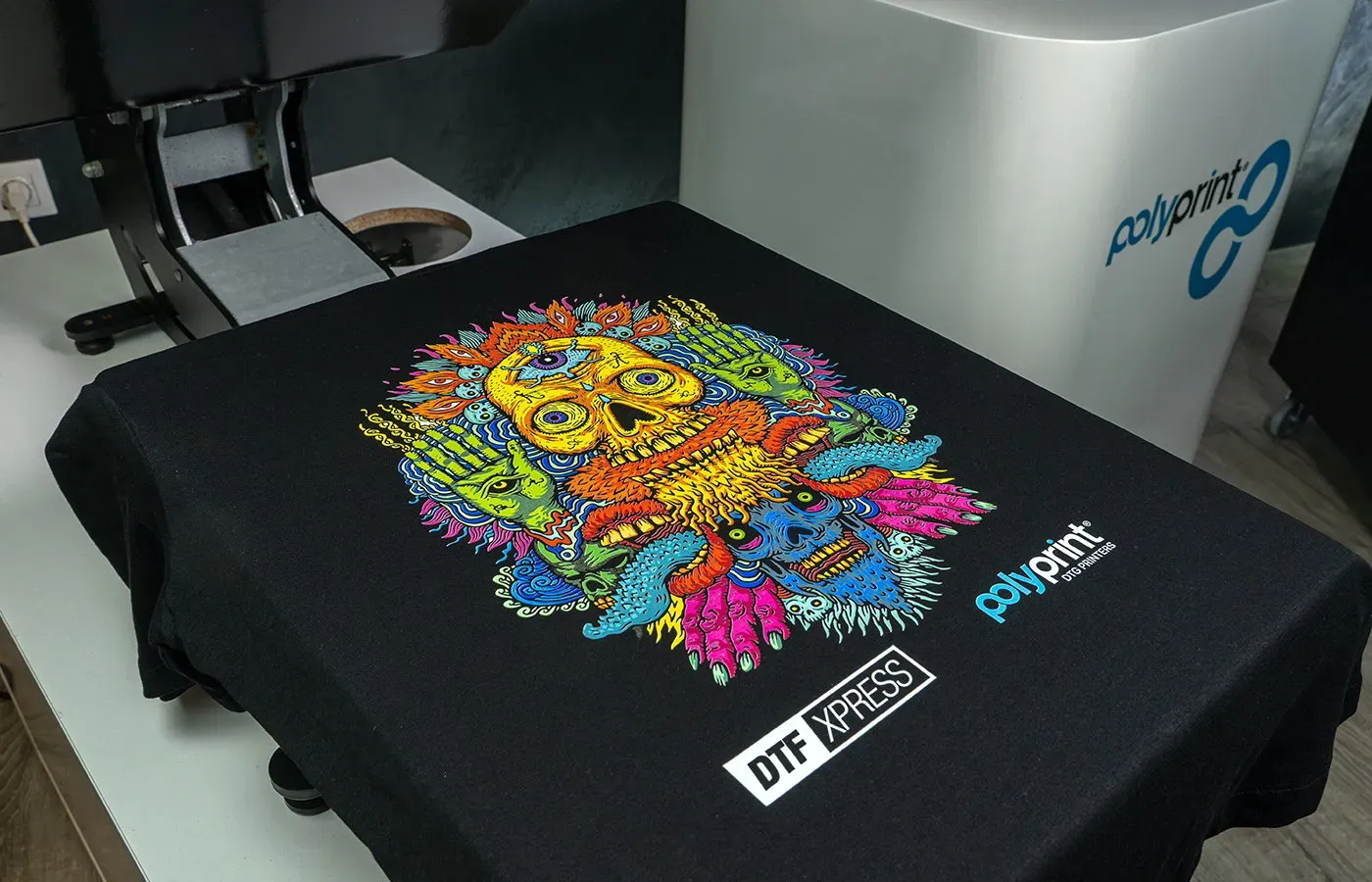
DTF printing, or Direct-to-Film printing, is revolutionizing the landscape of fabric printing with its innovative approach. This cutting-edge technique allows vibrant images to be directly printed onto a special film, which is then heat-pressed onto garments and other textiles. The benefits of DTF printing are plentiful, making it a favored choice among business owners and designers seeking quality and flexibility in their work. From offering exceptional durability to cost-effective solutions for small businesses, DTF technology advances are enhancing the printing experience significantly. In the following sections, we will examine various DTF printing techniques and the advantages that come with this rapidly growing method.
Direct-to-Film (DTF) printing stands at the forefront of modern textile customization, adopting alternative terms like film transfer printing that showcase its unique process. Often celebrated for its outstanding color vibrancy and detail accuracy, this technique empowers businesses to create intricate designs on diverse materials seamlessly. The advantages of film transfer printing extend beyond visual appeal, offering durability and resilience that withstand everyday use. As technological advancements continue to shape this industry, artists and entrepreneurs alike can leverage the growth in DTF technology to meet rising consumer demands effectively. In this guide, we will dive deeper into the various aspects of DTF printing, unraveling its full potential.
Understanding the Process of DTF Printing
DTF printing, or Direct-to-Film printing, is a groundbreaking technique that enables high-resolution images to be printed onto a special film. This film is then transferred onto various fabrics using a heat press, making it an incredibly versatile option for textile applications. The process of DTF printing involves several key steps: first, the design is printed onto the film using advanced inkjet technology. Following this, an adhesive powder is applied, which bonds the ink to the film. Finally, the printed film is heat-pressed onto a garment, resulting in a vibrant, durable design that adheres exceptionally well to the fabric.
One of the defining traits of DTF printing is its adaptability, allowing for a variety of substrates to be printed. Whether it’s soft cotton tees, durable polyester, or blends, direct-to-film techniques yield consistent, high-quality results. The ease of use and the minimal setup required make it suitable for both large-scale manufacturers and small business owners wanting to tap into the custom apparel market.
Exploring the Benefits of DTF Printing
The benefits of DTF printing extend far beyond just the printing process; it offers substantial advantages for both producers and consumers. For businesses, DTF printing provides opportunities for significant cost savings by reducing setup times and allowing lower minimum order quantities. This means that smaller companies can produce customized items without the financial burden typically associated with traditional screen printing methods.
Moreover, DTF printing is renowned for producing vibrant colors and intricate designs that stand out. The technology enables the reproduction of complex graphics with excellent detail, catering to artists and designers who demand precision. Additionally, the durability of DTF prints is exceptional; they resist fading, cracking, and peeling, maintaining a fresh appearance even after many washes.
Recent Technological Advances in DTF Printing
The landscape of DTF printing technology is rapidly evolving, bringing forth new innovations that enhance the quality and efficiency of the printing process. Recent advances have led to faster printing speeds, allowing businesses to produce larger quantities without compromising on quality. With newer printer models equipped with better print heads and ink formulations, the color gamut and detail achievable through DTF printing have expanded significantly, making it a highly appealing option in the textiles industry.
Additionally, the introduction of eco-friendly inks marked a significant step towards sustainability in DTF printing. Manufacturers are now prioritizing environmentally conscious materials, leading to an uptick in consumer demand for sustainable printing solutions. This ensures that businesses can not only meet aesthetic and quality standards but also adhere to growing environmental awareness among customers.
Key Techniques in DTF Printing
DTF printing techniques are pivotal in producing high-quality designs that meet the diverse needs of consumers. One popular method is multi-layer printing, which allows for the application of various ink layers to create texture and depth in designs. This technique is particularly advantageous for designs that require an added dimension, making them more visually appealing and dynamic on garments.
Another effective technique involves using gel inks specifically formulated for DTF applications. These gel inks provide unique finishes that can elevate the overall quality of prints, producing a stunning visual impact. By mastering the correct temperature and pressure settings for heat transfer, printers can achieve optimal adhesion between the film and fabric, ensuring long-lasting results that stand the test of time.
Cost-Effectiveness of DTF Printing
Cost-effectiveness is a crucial consideration for businesses exploring printing methods, and DTF printing shines in this arena. The ability to print smaller batches without a heavy upfront investment allows startups and established companies alike to offer customized items without extensive financial risk. This democratization of printing technology means that even small operators can enter the market, providing unique products that cater to niche markets.
Additionally, the reduced setup costs compared to traditional methods such as screen printing allow for more flexible and responsive production. As businesses can easily adjust their offerings based on demand, they can stay competitive in a rapidly changing market, benefitting from the low overhead associated with DTF printing.
Environmental Impact and Sustainability in DTF Printing
The environmental impact of printing technologies is gaining increased scrutiny, and DTF printing is making strides in sustainability. Many manufacturers are now using biodegradable films and eco-friendly inks, addressing concerns about waste and harmful chemicals in the printing process. This commitment to sustainability not only benefits the planet but also resonates with a growing consumer base that prioritizes environmentally friendly practices.
Moreover, as DTF technology advances, efforts to enhance recycling processes for printing materials are emerging. Printers are encouraged to implement practices that reduce waste and streamline production, fostering a cleaner, greener approach to fabric printing. By embracing these initiatives, businesses can contribute positively to environmental efforts while simultaneously appealing to eco-conscious consumers.
Frequently Asked Questions
What is DTF Printing and how does it work?
DTF printing, or Direct-to-Film printing, is an innovative method that allows high-quality images to be printed onto a special film, which is then transferred onto fabric using a heat press. This technique offers excellent versatility, enabling prints on a variety of materials including cotton, polyester, and blends.
What are the benefits of DTF Printing compared to other methods?
The benefits of DTF printing include vibrant colors and intricate details that are hard to achieve with traditional screen printing. Additionally, DTF printing is known for its durability, cost-effectiveness, and user-friendly process, making it ideal for both small businesses and large manufacturers.
How has DTF Technology advanced recently?
Recent advancements in DTF technology include improved printer models that enhance print quality and speed, as well as the use of eco-friendly inks. These developments allow for better adherence to varied fabrics and facilitate higher-volume production without compromising on quality.
What techniques are commonly used in DTF Printing?
Common techniques in DTF printing include multi-layer printing for added depth and texture, using specially designed gel inks for unique finishes, and precise heat transfer techniques that ensure a strong bond between the film and the fabric for long-lasting results.
Is DTF Printing cost-effective for small businesses?
Yes, DTF printing is cost-effective for small businesses as it requires lower setup costs and allows for smaller batch prints without extensive preparation. This makes it a great option for entrepreneurs looking to enter the custom printing market without significant financial investment.
What types of fabrics can be used with DTF Printing?
DTF printing is incredibly versatile and can be used on a wide range of fabrics, including 100% cotton, polyester blends, and various other materials. This adaptability makes it suitable for products ranging from T-shirts to custom promotional items.
| Key Benefits | Description |
|---|---|
| Versatility | DTF printing works on various materials like cotton and polyester, making it ideal for diverse products. |
| Vibrant Colors and Detail | Delivers vibrant colors and intricate details that traditional methods struggle to reproduce. |
| Durability | Prints resist fading, cracking, or peeling, ensuring longevity even after multiple washes. |
| Cost-Effectiveness | Lower setup costs and ability to print smaller batches make it suitable for small businesses. |
| User-Friendly Process | Requires only an inkjet printer, special film, and a heat press. |
Summary
DTF Printing is a cutting-edge technology that has transformed the textile printing industry by offering numerous advantages over traditional printing methods. This innovative approach not only allows for vibrant designs and durability but also caters to a wide variety of materials, making it versatile for different applications. As advancements in technology continue to improve print quality and accessibility, DTF printing is becoming an essential tool for businesses and creators, ensuring a bright future for custom printing.

